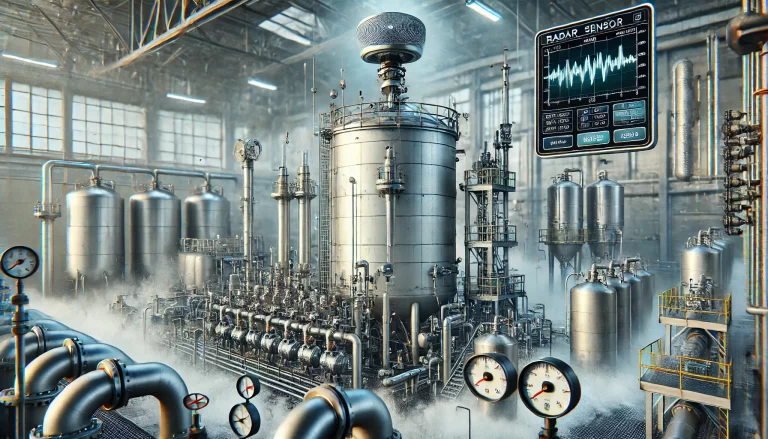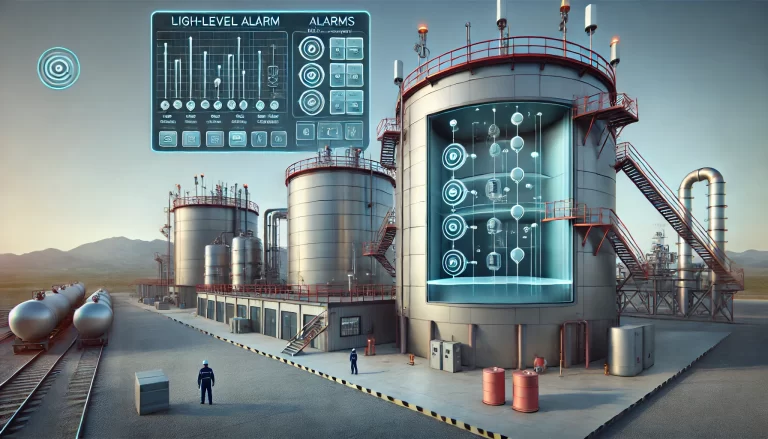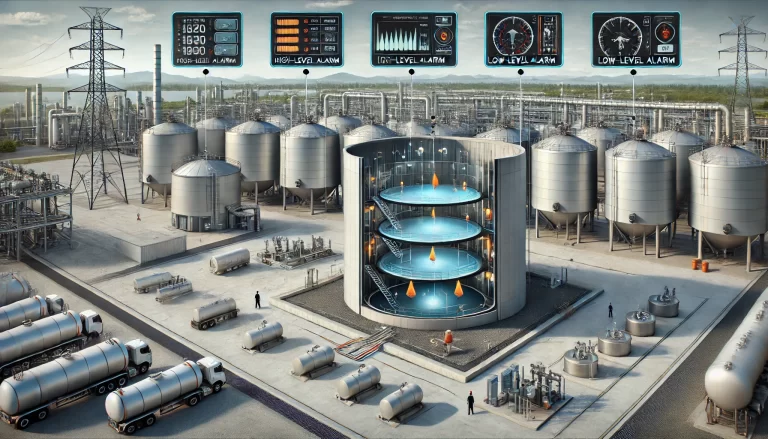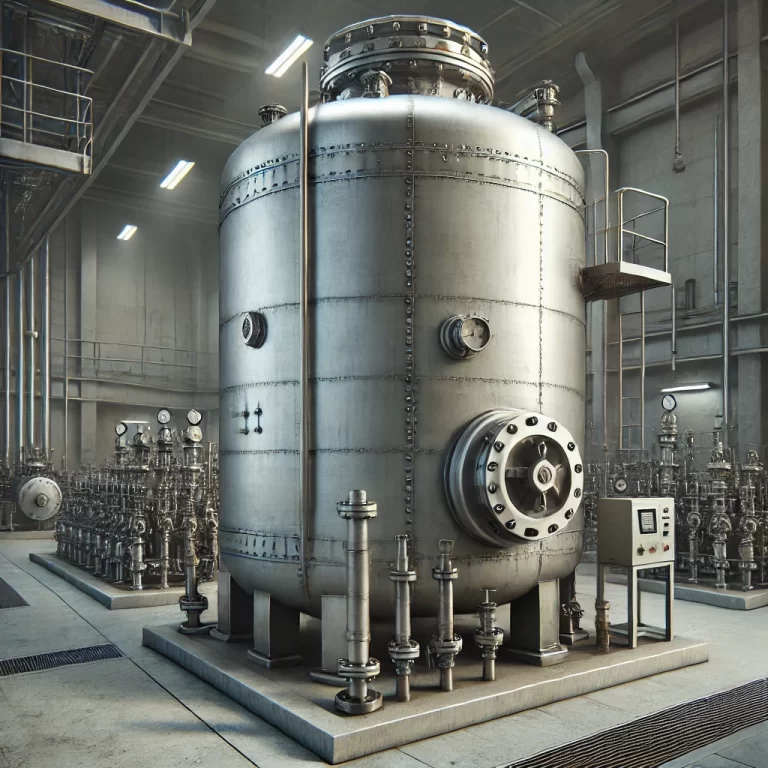Storage tanks play a critical role in industries such as petrochemicals, energy, water treatment, and chemical manufacturing. However, incidents involving tank leakage, corrosion, or structural failure are not uncommon, often due to lapses in safety management or delayed inspections. This raises a fundamental question: Is there a unified standard for the periodic inspection of storage tanks?

1. Unified Standards Do Exist – But Are Not Always Enforced
Yes, there are unified standards and regulations for the periodic inspection of storage tanks. However, actual compliance and enforcement often vary significantly across industries and regions, especially in small and medium-sized enterprises (SMEs).
Key Standards and Guidelines (China-focused example)
| Standard Code | Title | Scope |
|---|---|---|
| GB 50074 | Code for Design of Oil Depots | Design and safety of petroleum storage tanks |
| SY/T 5921 | Technical Code for Inspection of Storage Tanks | Petrochemical industry-specific inspection methods |
| TSG 21-2016 | Safety Technical Regulation for Fixed Pressure Vessels | Applies to pressure-type storage tanks |
| AQ/T 3036-2010 | Periodic Inspection Regulations for Atmospheric Storage Tanks | Commonly used for non-pressurized tanks |
| GB 18597 | Hazardous Waste Storage Pollution Control Standard | Applicable to hazardous waste tanks |
These standards provide a technical framework for what, when, and how to inspect a storage tank during its operational life.

2. Typical Inspection Frequencies
The inspection cycle is usually determined by tank type, construction material, storage medium, and environmental conditions. Common guidelines include:
Initial Inspection: After installation but before being put into service.
Periodic Inspection: Typically once every 6 years for atmospheric tanks, and more frequently for pressurized or hazardous substance storage.
Unscheduled/Special Inspection: Required when signs of corrosion, deformation, leakage, or other abnormal conditions are detected.
Additional requirements may apply depending on whether the tank stores flammable, corrosive, or toxic substances.

3. Common Safety Management Failures
Despite the existence of clear regulations, safety loopholes in tank management are frequent. Some common problems include:
(1) Incomplete Documentation
Many facilities fail to maintain complete records such as design blueprints, welding certificates, material specifications, or previous inspection reports.
(2) Overdue Inspections
It is not unusual for tanks to continue operating long past their mandatory inspection dates without official deferrals or approvals.
(3) Superficial Inspections
Some companies conduct only visual checks and skip critical non-destructive testing (NDT) such as ultrasonic thickness gauging or radiographic inspection.
(4) Inadequate Corrosion Protection
Tank bottom plates are particularly susceptible to corrosion due to water accumulation. Missing or failed cathodic protection systems are a frequent cause of premature failures.
(5) Malfunctioning Safety Devices
Breather valves, flame arrestors, and pressure relief devices may be clogged or incorrectly sized, severely reducing their effectiveness.
(6) Lack of Emergency Response Plans
Facilities often fail to develop or practice emergency response scenarios for events such as overfilling, leakage, or tank rupture.

4. Why Do These Failures Occur?
Multilayered Regulatory Oversight
In many countries, storage tank regulation involves overlapping jurisdictions—fire departments, environmental agencies, emergency response bureaus, and industrial safety inspectors—leading to fragmented enforcement.
Neglect of Operational Safety
Companies tend to focus more on tank construction and installation than on long-term maintenance and monitoring.
Lack of Qualified Personnel
SMEs often do not have certified safety engineers or inspectors on staff, making it difficult to comply with technical inspection protocols.
Cost Avoidance
The cost and downtime associated with inspections, especially when tanks need to be emptied and cleaned, encourage companies to delay or skip scheduled inspections.

5. Recommendations for Best Practices
To close the gaps in tank safety management, the following practices are strongly recommended:
(1) Establish a Comprehensive Tank Registry
Maintain a digital or paper-based log for each tank, recording installation details, inspection dates, results, maintenance records, and ownership responsibilities.
(2) Implement Smart Monitoring Systems
Use IoT-enabled sensors to continuously monitor parameters such as internal pressure, liquid level, temperature, and potential leaks.
(3) Outsource to Certified Inspection Agencies
Third-party inspection firms can conduct professional non-destructive testing (NDT), tank floor mapping, and corrosion analysis.
(4) Train Operations Staff Regularly
All personnel should receive periodic training in tank operation, risk identification, and emergency response procedures.
(5) Develop and Test Emergency Plans
Prepare for spill scenarios, toxic release, and overfilling events. Conduct regular drills involving local emergency services.
(6) Ensure Compliance with National and International Codes
Align safety practices with recognized standards such as API 653 (for aboveground tanks), ISO 6508 (tank inspection), and others applicable to your industry.

6. Conclusion
There are indeed unified standards for the periodic inspection of storage tanks. However, these standards are only effective if they are properly understood, implemented, and enforced. Facility operators must take proactive steps to close management loopholes, adopt modern monitoring technology, and prioritize safety over cost savings.
With the right combination of regulatory compliance, technical inspection, and operational discipline, storage tank risks can be minimized, protecting not just assets but also the environment and human lives.
